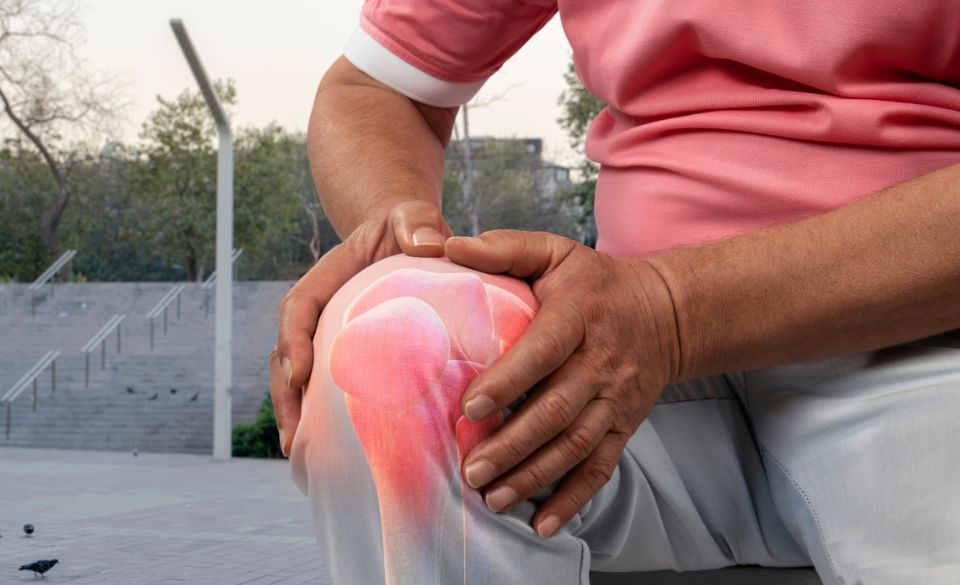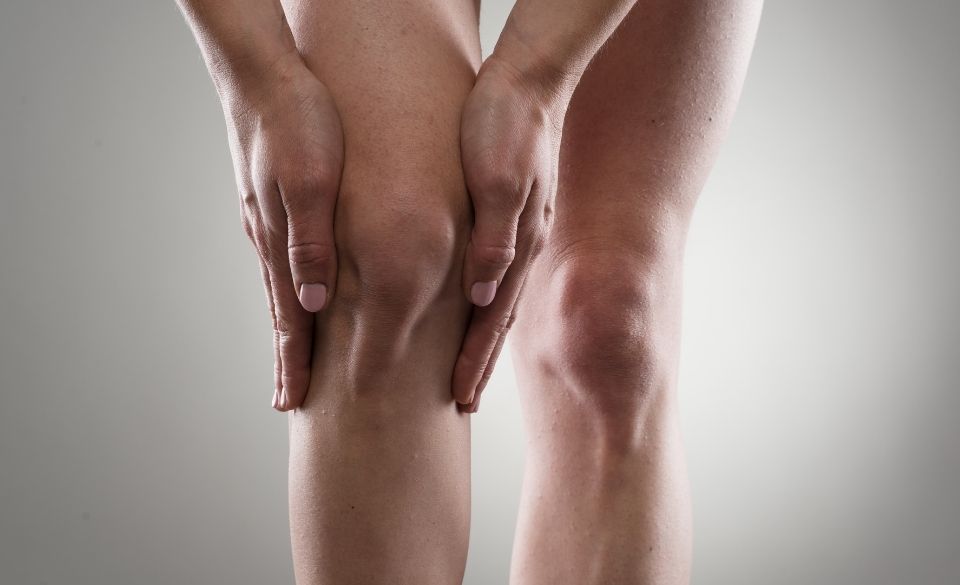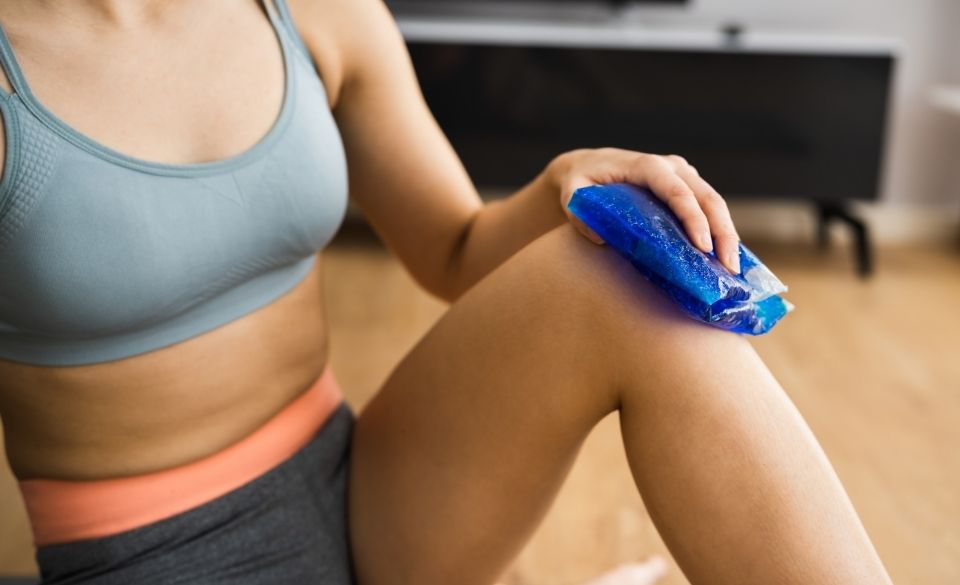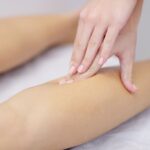
Inner Knee Pain After Running – Causes & Treatment 2022
Page Contents
Pain in the inner knee after running is something most runners have dealt with during their careers. This condition is also regarded as runner’s knee or medial knee pain. However, both of these are generally generalized terms for suffering and pain around the inner knee after and during running.
Regardless of what you call it, inner knee pain can come suddenly or over some time without specific warning.
That’s why it is important to understand what causes inner knee pain after running and how to recover from it quickly. So, keep on reading to learn more about how you can recover from this type of injury.
What Causes Inner Knee Pain After Running?
There are many reasons why you may experience inner knee pain during or after a run. However, conditions, strength, training load and mobility play a big role in knee pain. However, the most common reasons while you may be experiencing knee pain is because of:
– Overuse and overtraining
– Trauma
– Misalignment of your kneecap
– Weakness in the surround muscles
– Poor mobility
– Muscle tightness
– Poor running technique
– Knee bursitis or tendinitis
– Knee osteoarthritis
– Plica syndrome
As you can see there is a wide variety of reasons you may be experiencing pain or discomfort. However, for most people overuse, or poor running technique is usually to blame.
Unfortunately, some people are more prone to knee injuries than others. People that have flat feet are often the most prone to knee injuries, as this usually promotes overpronation when running. Resulting in pain after running around the knee area if the right shoes aren’t used.

Symptoms of Inner knee Pain
Symptoms of inner knee pain after a run can vary. However, there are some symptoms that you should take note of. These include:
– Swelling of your knee and surrounding areas
– Pain in the inner side of your knee (medial)
– Sharp pain and discomfort below your kneecap
– Difficulty performing physical activities
Generally, inner knee pain can come and go without warning. However, it can affect you both during a run and after running. It can also affect you during any activity that aggravates the knee, such as walking, jumping, and bending.
It is also common to experience pain when performing weight-bearing activities such as walking up the stairs or squats. This is because inner knee pain can limit your ability to flex and straighten the knee.
Inner Knee Pain After Running No Swelling
Just because you may not have swelling around the inner knee, that doesn’t mean you aren’t injured. Many people that have inner knee pain find the most common symptoms are pain when doing physical activity or when resting after a run.
You may also be suffering from iliotibial (IT) band syndrome. This often puts more strain on the knee as the tendon is inflamed from overuse. Resulting in more stress placed on the inner part of the knee.
If you experience inner knee pain after running but don’t have any swelling it is important to treat it the same way. That means icing, resting and stretching the IT band. You may also find three or more days are needed to allow adequate recovery.
Just make sure if you take you time when going back to training and slowly build up the miles again. This will prevent the injury from coming back after a few weeks.

Recovery & Treatment of Inner Knee Pain
Luckily minor inner knee pain can be treated at home through, rest, ice, compression and stretching. Unfortunately for more serious injuries you may need to:
Apply heat to the knee and surround area’s. This will help relieve any pain you have and also increase blow flow. it may also help to improve tissue mobility.
Alternatively you can use Over-the-counter anti-inflammatories. they will help to reduce inflammation and swelling around the knee.
If you have been struggling with inner knee pain after a run, you might need to look at changing your running shoes. If you are a pronator you might need to move into a more suitable shoe, or if you are neutral, you may need to purchase a more flexible shoe.
Strengthening workouts and exercises can help improve knee mechanics. They can also help to increase mobility of the knee. However, make sure you follow correct technique when doing any knee exercises. Alternatively talk to a physiotherapist that can help prescribe the correct exercises.
Alternatively if none of the above work you may need to have regular physical therapy. A physical therapist can help get your range of motion back through movements and exercises, as well as the use of ultra sound and cortisone shots. However, cortisone shots are of used as a last resort.
Knee surgery is only used when pain persists despite regular medical treatments, exercises and cortisone doesn’t help. Thats why surgery for medial knee pain is a last resort. However, most people that receive arthroscopic knee surgery are back walking pain free within six weeks. Unfortunately if you need more serious knee surgery like knee replacement will require at least six months of rehabilitation before you can walk normally again.
It may still take you anywhere from a week to eight weeks to fully recover from a light inner knee injury. In worst case scenarios you may need even more time. However, regardless of the time it is important to follow the right recovery plan when starting to run again. Pushing training too early can result in reoccurrence or another injury.



